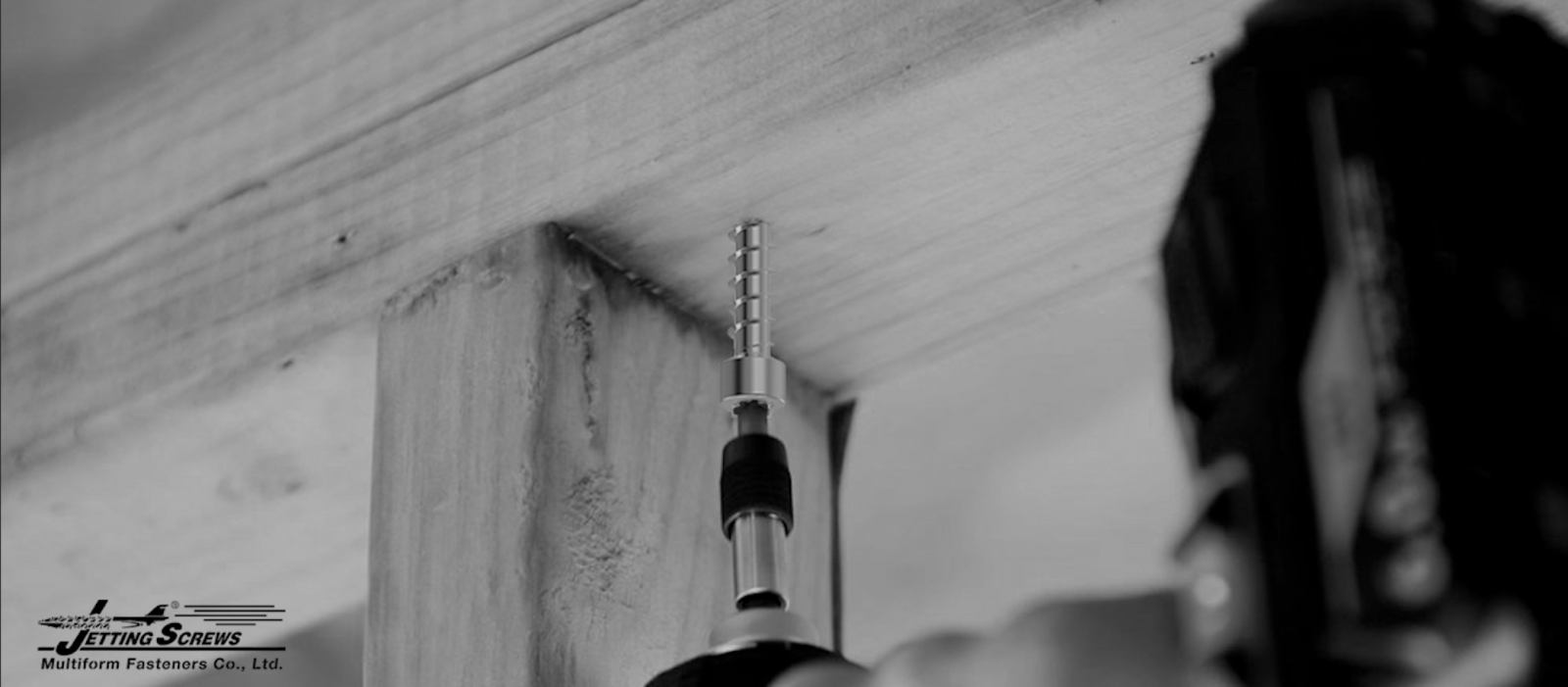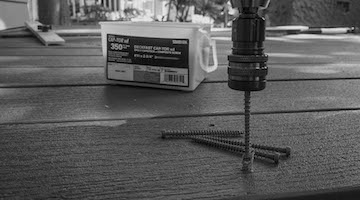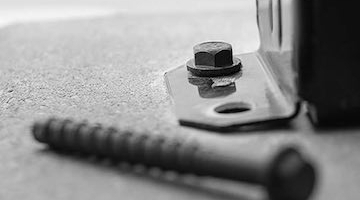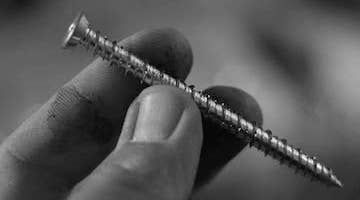- Home
- REPORTS & NEWS
- SoSmart® Rafter Screws
SoSmart® Rafter Screws
Dec 11, 2020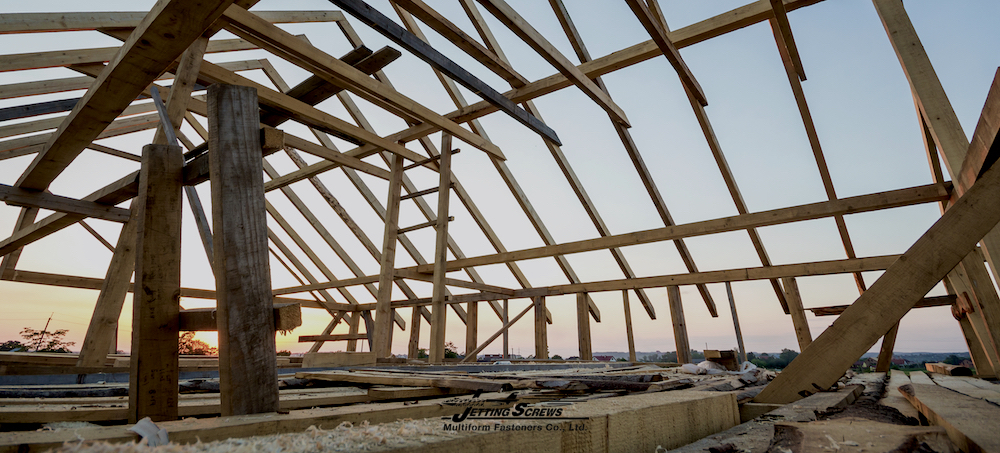
Self-tapping screws and timber construction
An common example for the use of these screws as a primary fastener could be a wood-wood/ steel-wood connection with one shear plane or two shear planes respectively for the rafter assembly. That type of connection is usually achieved by bolting the individual members together and transferring the forces through shear in the through-bolts. The same connection could also be done using STS by installing the screws at a 45-degree angle, and then transferring the loads through the screw’s axis. A connection using screws would yield a higher capacity with fewer or smaller screws without the need of pre-drilling.
In many cases, timber members have to be over-sized to allow for the end and edge distances required for a bolted connection. Due to the smaller diameters and reduced number of screws, the timber member in most cases would not need to be oversized anymore. This results in an added economic benefit. The same can be said for screws used as reinforcements. Instead of being over-sized due to notches or protrusions, beams can be reinforced with self-tapping screws; in most cases, they can be kept at the cross-section of a beam without such notches. For example, in the case of a notch or a bolted connection, the wood would be loaded in tension perpendicular to the grain—one of wood’s inherent weaknesses. Concessions would have to be made to transfer that load over a larger area. When a self-tapping wood screw is used, the force transfers along the screw’s axis, again employing the high capacity in withdrawal—the beam or connection geometry does not need to be altered. There are more and more professional fastener companies stepping in to the development of modern self-tapping wood screws.
.jpg)
Specialized SoSmart® Rafter screws
Multiform Fasteners Co., Ltd. has also been dedicated to developing unique self-tapping wood screws with specific features tailored to specialized uses. For example, this article introduces the new engineered STS, SoSmart® Rafter Screw, with two different pitches, allowing them to draw a pair of members tightly together as long as the change of pitch is located right in the interface between the two members. The additional thread section under the head has smaller pitch as the regular thread—this ensures a certain amount of clamping force between two elements against the external uplift force. Uplift force refers to the forces which can lift a structure. The forces are generated when high wind blow over the top of the structure, creating suction that can lift the roof. Instead of transferring the load from one element to the other relying on the material between them, the loads are transferred directly through the screw shaft. The small cylinder head with a transition neck is ideally arranged to be properly countersunk with the member. Another advantage of this developed screws is a 3-in-1 thread profile on the lower section, allowing it to aggressively bite in the workpiece and tightly draw together multiple members without the need of pre-drilling.
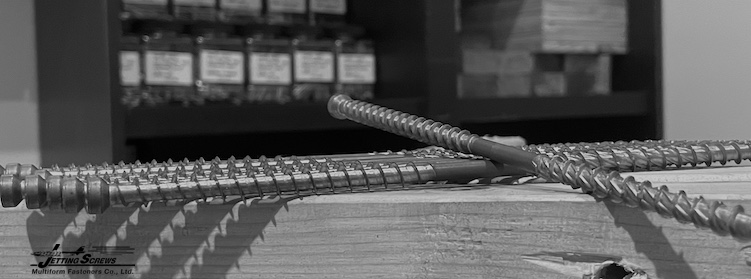
Wind loads acting on buildings are modeled as uniform surface loads. Even at low wind speed, sheet roofed housed will have net wind uplift forces that need to be tied-down with specific connecting ways. Because wind uplift forces increase in proportion to the square of the velocity of the wind, even a slight change of the wind velocity can lead to significant increment of force exerted on the timber frame. To get the connection right is critical as failure of one link in the tie-down chain can lead to loss of a whole roof in a wind event. Special attention should be paid to the connection of battens to rafters/trusses particularly at high local pressure area. One of the most critical links in the tie-down chain is the connection of truss/ rafter to top plate, wall frame or direct to the floor frame, of which the tie-down strap or similar types of connectors are commonly used for the hold-down. However, it consumes much time for the connecting work. The SoSmart® Rafter Screw is a new solution designed to provide a complete load-transmitting path to resist uplift pressure on the structure. The uplift forces can be transfered into the top plates in a timber frame structure, and continues to transmit down to the wall stud through the screw body.
